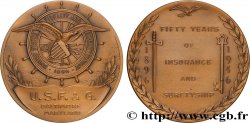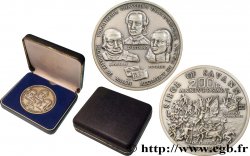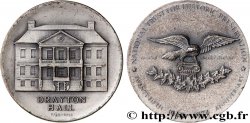E-auction 572-518105 - fme_895977 - UNITED STATES OF AMERICA Médaille, Bicentenaire de la Révolution
You must signin and be an approved bidder to bid, LOGIN TO BID. Accounts are subject to approval and the approval process takes place within 48 hours. Do not wait until the day a sale closes to register. Clicking on « bid » constitutes acceptance of the terms of use of cgb.fr private e-auctions.
Bids must be placed in whole Euro amounts only. The sale will start closing at the time stated on the item description; any bids received at the site after the closing time will not be executed. Transmission times may vary and bids could be rejected if you wait until the last second. For further information ckeck the E-auctions F.A.Q.
NO BUYER'S FEE.
NO BUYER'S FEE.
| Estimate : | 15 € |
| Price : | 13 € |
| Maximum bid : | 16 € |
| End of the sale : | 01 April 2024 18:04:20 |
| bidders : | 6 bidders |
Type : Médaille, Bicentenaire de la Révolution
Date: 1976
Metal : bronze
Diameter : 37,5 mm
Orientation dies : 12 h.
Engraver F. GASPARD
Weight : 25,82 g.
Edge : lisse
Puncheon : sans poinçon
Obverse
Obverse legend : AMERICAN REVOLUTION BICENTENNIAL * WE THE PEOPLE.
Obverse description : Symbole Des États-Unis d’Amérique entouré de la légende circulaire. Signé : F. GASPARD.
Reverse
Reverse legend : 1776 // 1976 / LIFE LIBERTY // AND THE / PURSUIT OF // HAPPINESS.
Reverse description : Représentation de la Statue de le Liberté avec sa torche rayonnante. Légende en 6 lignes.








 Report a mistake
Report a mistake Print the page
Print the page Share my selection
Share my selection Ask a question
Ask a question Consign / sell
Consign / sell
 Full data
Full data



